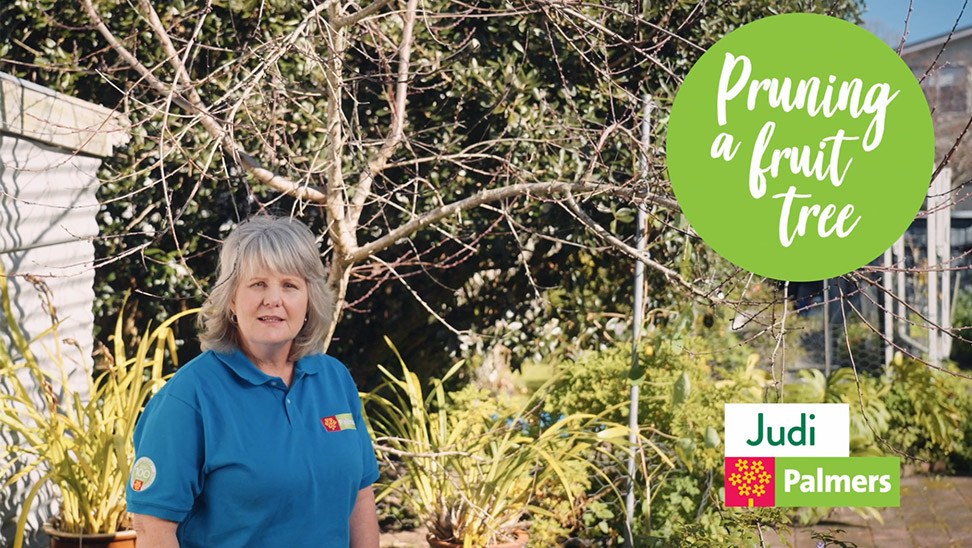Pruning fruit trees in your patch
The home orchard is an important part of New Zealand’s gardening history, and although the modern home garden is much smaller than it used to be, the trend for growing your own fruit is still strong. Fruit trees not only produce a rewarding crop of your favourite fruit, but are also great as a decorative garden feature, providing spring flowers, fragrance and summer shade.
Pruning fruit trees may seem like a daunting task, but they are resilient and will benefit greatly from you removing dead, diseased or unnecessary branches.
Here's how:
The main aim of pruning is to encourage renewal of fruiting wood for regular crops of quality fruit, to let light into the tree, to remove diseased parts and to control a tree’s height
Pruning is done in winter when trees are dormant. Make sure you have a pair of clean, sharp secateurs and if your tree has some thicker branches that need removing, a pair of loppers or a saw will come in handy too!
Cut just above each growth bud and when removing dead or diseased wood, always cut through the healthy tissue below the diseased section. Paint large cuts with a sealing compound like Yates Prunetec to protect your tree against disease.
During the early stages of tree development, the main goal is to develop the shape and framework of the tree which will support the heavy crops of fruit. When you espalier a fruit tree sometimes you need to bend branches into a position where they are going to be most useful, this often involves tying flexible twigs to a support structure.
Apple Trees: After initial shaping of apple trees, the only pruning necessary is the removal of excess twiggy growth. Apple trees usually produce fruit on spurs, short stubby growths attached to main branches. They continue producing on the same spurs for a number of years. Pears and cherry fruit also grow on spurs and require similar treatment.
Plum Trees: Plum trees produce fruit on the same spurs for several years. Once shape has been established, they require little pruning. Excessive pruning can over stimulate tree growth at the expense of fruit. Remove vertical branching and water shoots’ regularly.
Peach & Nectarine Trees: These trees flower on new wood made the previous summer, so prune hard to encourage new growth. Otherwise, fruit will be produced further and further out on the branches each year. Don’t remove too many flower buds or the current season’s crop will suffer. Flower buds are plump while growth buds are flatter.

|
 |

